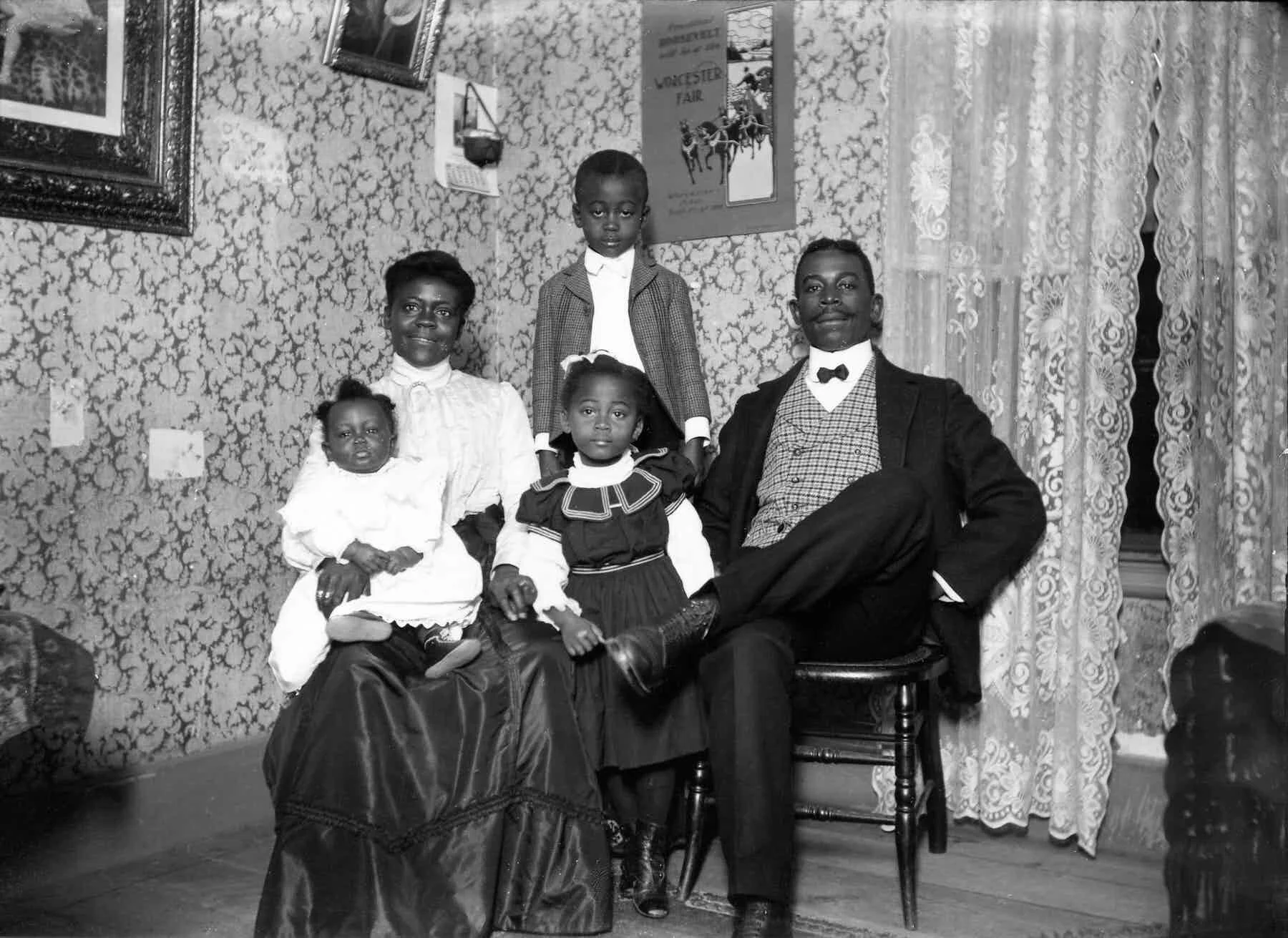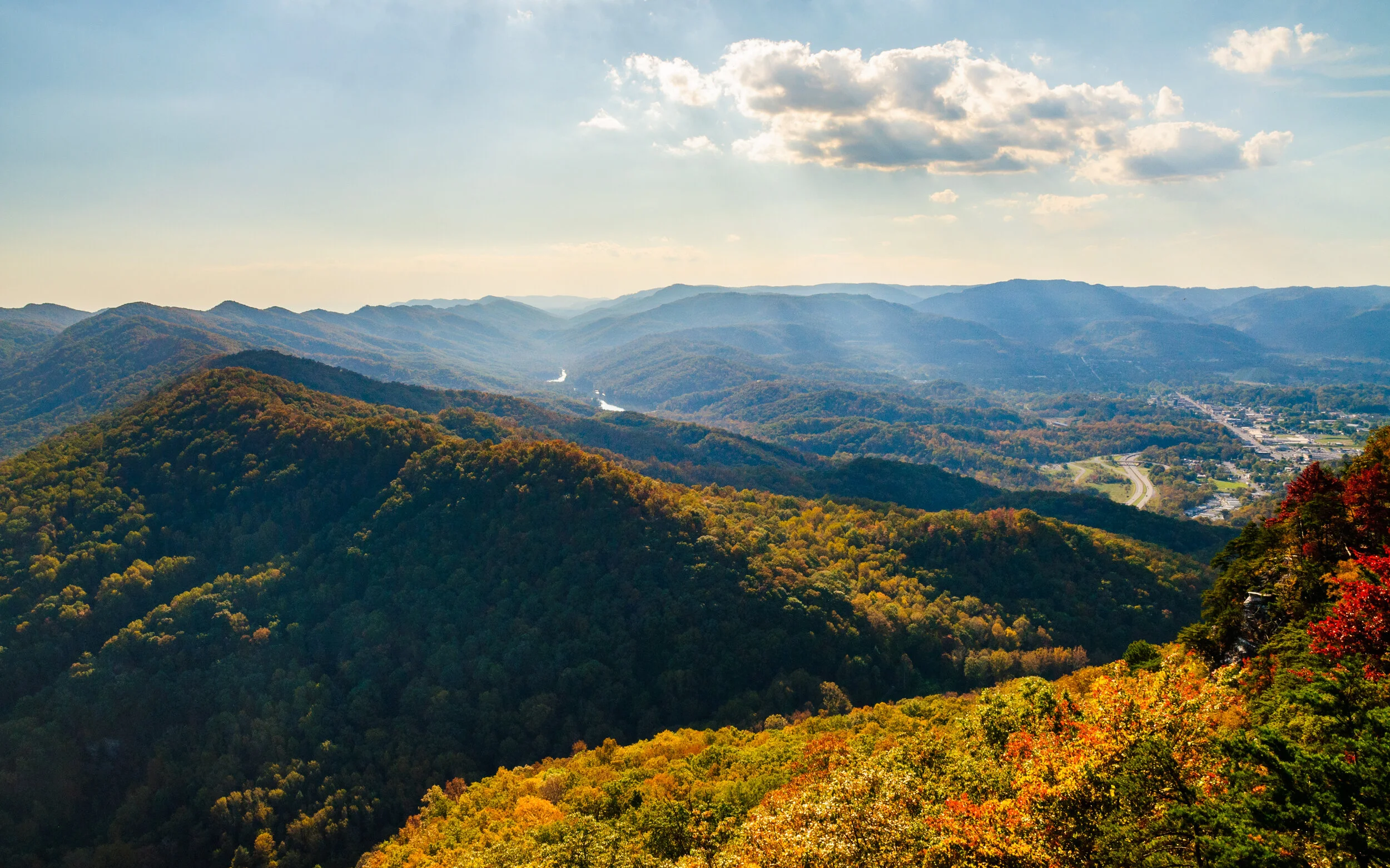"To me, the biggest thing about Rebecca Matheny was her deep and abiding love of Louisville and her desire to make it a better place for everybody and to be very thoughtful about how that might work," said Laura Orr, who grew up around the corner from Matheny in the Cherokee Triangle neighborhood and knew her "since we were in diapers."
Read MoreHomelessness is growing in communities across the United States as housing becomes increasingly unaffordable and public systems fail to support people who need assistance, forcing thousands to sleep outside or in shelters. Without access to housing and services, many people experiencing chronic, or long-term, homelessness are trapped in a homelessness-jail cycle—rotating in and out of jail, detoxification centers, and emergency health care. This cycle doesn’t help people access the assistance they need to find stability, and it comes at a major cost to taxpayers.
Read MoreLearn effective reparations & policy advocacy. We demand targeted policies and protections that facilitate economic inclusion and integrates the descendants of chattel slavery into the drivers of wealth. We are also fiercely committed to advocating for policies that eliminate the divides faced by Black Americans with immigrant backgrounds.
Read MoreLouisville is battling two pandemics, according to public health officials: COVID-19 and violence. They say the COVID-19 pandemic, which first gripped a hold of the metro back in March 2020, has had a direct impact on the rising violent crime numbers. "The most striking statistic is how gun violence is hitting our youth. In 2019, we lost 17 youth to homicide. And this year, as of Oct. 1, we've lost 31," Dr. Sarah Moyer with Metro Health said Tuesday.
Read MorePresident Biden’s ambitious higher education agenda has had its disappointments as Congress turns it into legislation, with a strict budget forcing lower-than-anticipated funding levels for some of its provisions. While the bill includes funding for historically Black colleges and universities, advocates say it is well below what’s needed. In the current version of the budget reconciliation bill serving as the vehicle for Biden’s Build Back Better Act, HBCUs and other minority-serving institutions are slated to receive $27 billion in tuition subsidies, $1.45 billion for institutional aid and $2 billion to improve research and development infrastructure. Meanwhile, Biden proposed a total of $55 billion for HBCUs and other MSIs to upgrade research infrastructure and create research incubators for improving STEM education.
Read MoreWalking a picket line, sitting at a lunch counter, asking for a book in a library: It could get them arrested, beaten or killed. They did it anyway. It was 1961, and across the South, college students, faith leaders, shop owners, high school students, civil rights leaders and many others risked their lives to battle white supremacy. They wanted voting rights and the integration of schools, businesses, public transit and libraries.
Read MoreLOUISVILLE, Ky. (WAVE) - Metro Councilman Jecorey Arthur was one of a handful of local leaders who spoke at an hourlong news conference Wednesday, addressing the latest instance of gun violence that claimed the life of a teen waiting for his school bus. A 16-year-old boy died at a local hospital after he was shot at his bus stop in the Russell neighborhood at about 6:30 a.m. His family members said his name was Tyree Smith.
Read MoreIn majority-Black communities, the prevalence of convenience stores means limited access to fresh, healthy food options. One out of every five Black households is situated in a food desert, with few grocery stores, restaurants, and farmers markets.
When those malicious images first started to proliferate, Black Americans found an especially effective way to resist. They seized upon the camera to represent themselves, using photographs to depict who they really were. Seemingly a “magical instrument” for “the displaced and marginalized,” as critic bell hooks writes, the camera provided “immediate intervention” to counter the injurious images used to deny them their rightful place in American society.
Read MoreIn the late ‘90s, Philadelphia launched a program to breathe new life into the city’s aging neighborhoods and offer support to low-income homeowners who lacked the resources to renovate. The initiative provided residents of primarily Black and Latino neighborhoods with up to $20,000 for home repairs, prioritizing structural fixes like plumbing and roofing.
Read MoreVirtual ticket holders will be able to access a livestream of Day 1 of our event, October 8th, which promises to deliver a powerful lineup of guest speakers. Head over to adosconference.com today and grab your virtual ticket to join us as we take the next step for reparations for ADOS and a transformative Black Agenda.
Read MoreThe original slave quarters are still standing, but two sharecropper cabins that were brought onto the property were flattened by the ferocious winds. The double rows of massive oak trees fronting the house lost limbs, but survived. The pigeon roosting houses seem to be OK. The stately, white-washed Antioch Baptist Church — which was built by emancipated slaves and moved here from across the river in 1999 — was also heavily damaged. And the storm thrashed the Whitney Store, which operated as late as the 1960s when the plantation was still growing rice and sugar cane commercially.
Read MoreAmerica Counts today launches a state-by-state look at the demographic changes the new 2020 Census results reveal. Our state profiles bring you all key population characteristics of your state and your county on one page.
Read MoreIn fact, if you deduct the family car and other depreciating assets from net worth, half of all black American households hold less than $1,700 in wealth. The net worth of the median white family remains near $100,000, using the same method of accounting.
Read MoreFor women like Charlotte, there was never an end to work, no matter what season it was. The cotton was just one thing growing. In the summer of 1831, for example, her new enslaver, Lavinia Francis, for example was close to welcoming her first child. Lavinia was only 18 at the time.
Read MoreAs this most disrupted of school years draws to a close, it is time to take stock of the impact of the pandemic on student learning and well-being. Although the 2020–21 academic year ended on a high note—with rising vaccination rates, outdoor in-person graduations, and access to at least some in-person learning for 98 percent of students—it was as a whole perhaps one of the most challenging for educators and students in our nation’s history.
Read MoreThe 2nd annual ADOS conference is returning to Louisville, KY this fall. Come learn effective reparations & policy advocacy for Black Americans. Speakers include ADOS co-founders Yvette Carnell and Antonio Moore, with more being announced soon.
Read MoreIf someone would have told me when I was a kid that I would have a career in the arts, I would have thought they were crazy. From the time I was in the first grade, there was no doubt in my mind that I was going to be a doctor.
Read MoreIn the 1930s, after a life of sharecropping, the siblings’ grandfather, Berea “Burrie” Corbett, turned $40 worth of gold coins his parents had given him into a 1,300-acre tobacco farm in tiny Cedar Grove, becoming a pillar of the local Black bourgeoisie. He built a church and a school for the local Black community.
Read More



















